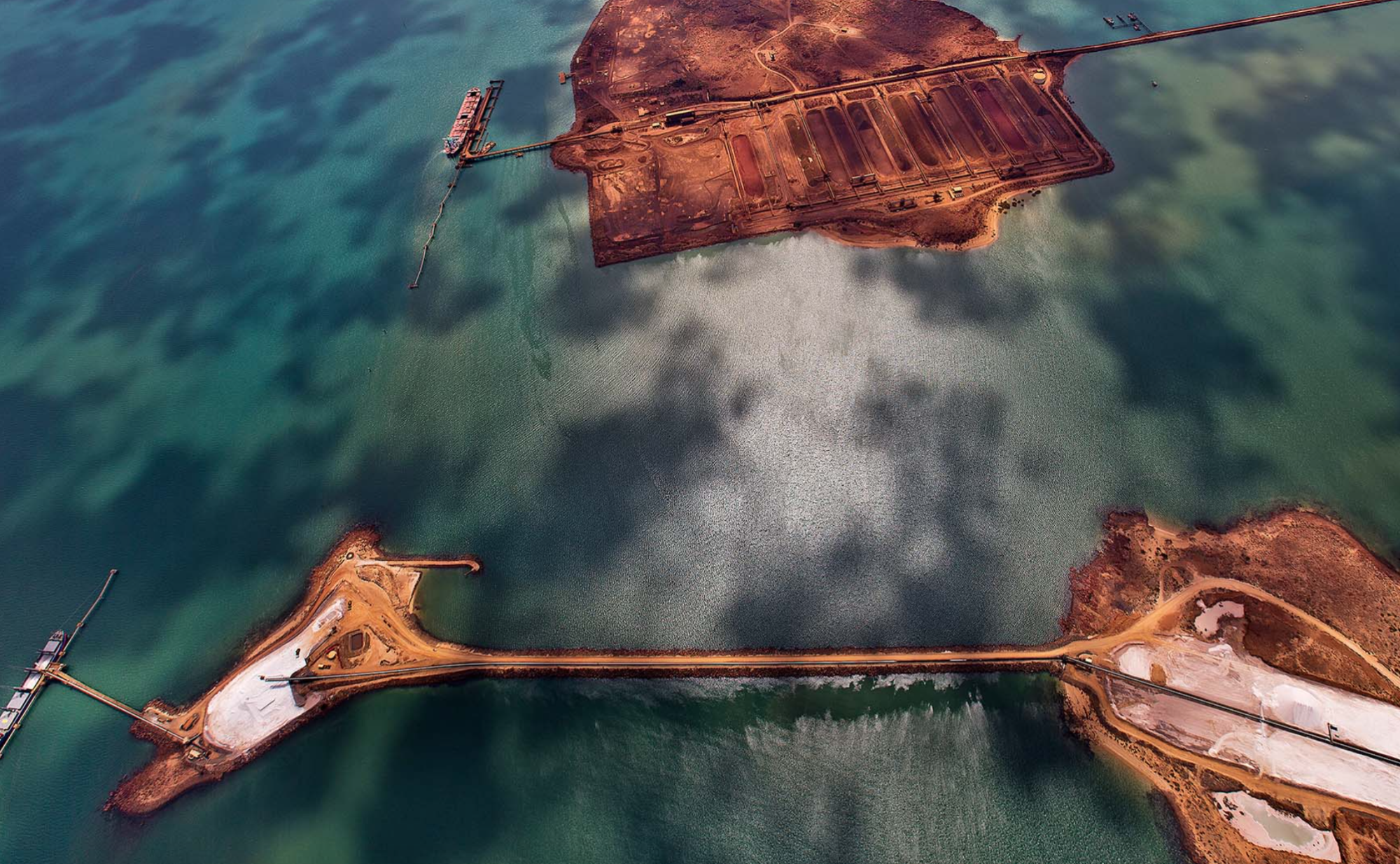Rio Tinto plans to invest $395 million in a seawater desalination plant in the Pilbara, Western Australia, to support future water supply for the company’s coastal operations and communities in the region. The proposed Dampier Seawater Desalination Plant, which remains subject to Commonwealth and State Government approvals, will be located within Rio Tinto’s existing iron ore port operations at Parker Point.
It will have an initial nominal capacity of four gigalitres annually with the potential for this to increase to eight gigalitres in the future. The project includes construction of a new supply pipeline to connect to the existing water network. Subject to relevant approvals, construction is expected to commence in 2024 with the facility expected to be operational and producing water in 2026. At the peak of construction, the project is expected to support approximately 300 jobs.
Rio Tinto have been engaging with all associated Traditional Owners and Custodians in relation to the project and would like to thank the Ngarluma people, on whose Traditional lands the plant will be constructed, and Murujuga Aboriginal Corporation, who represent the five Traditional Owner groups in the region.
Water from the plant is planned to be transferred to the Water Corporation-owned and operated West Pilbara Water Supply Scheme, where it will be distributed to Rio Tinto’s coastal communities and operations.
The plant will be constructed on previously reclaimed land and will use reverse osmosis to filter salt and other impurities from ocean water. It will utilise existing infrastructure at the company’s Parker Point operations and is near the existing Water Corporation network, helping to minimise disturbance to the local environment.
Rio Tinto Iron Ore Chief Executive Simon Trott said: “We know that water is a scarce resource, particularly in the Pilbara. We are pleased that this desalination plant will help to secure future supply for Rio Tinto supplied communities in the West Pilbara as well as our coastal operations.”
The planned $395 million spend on the plant is included in the Group’s Sustaining Capital expenditure.











